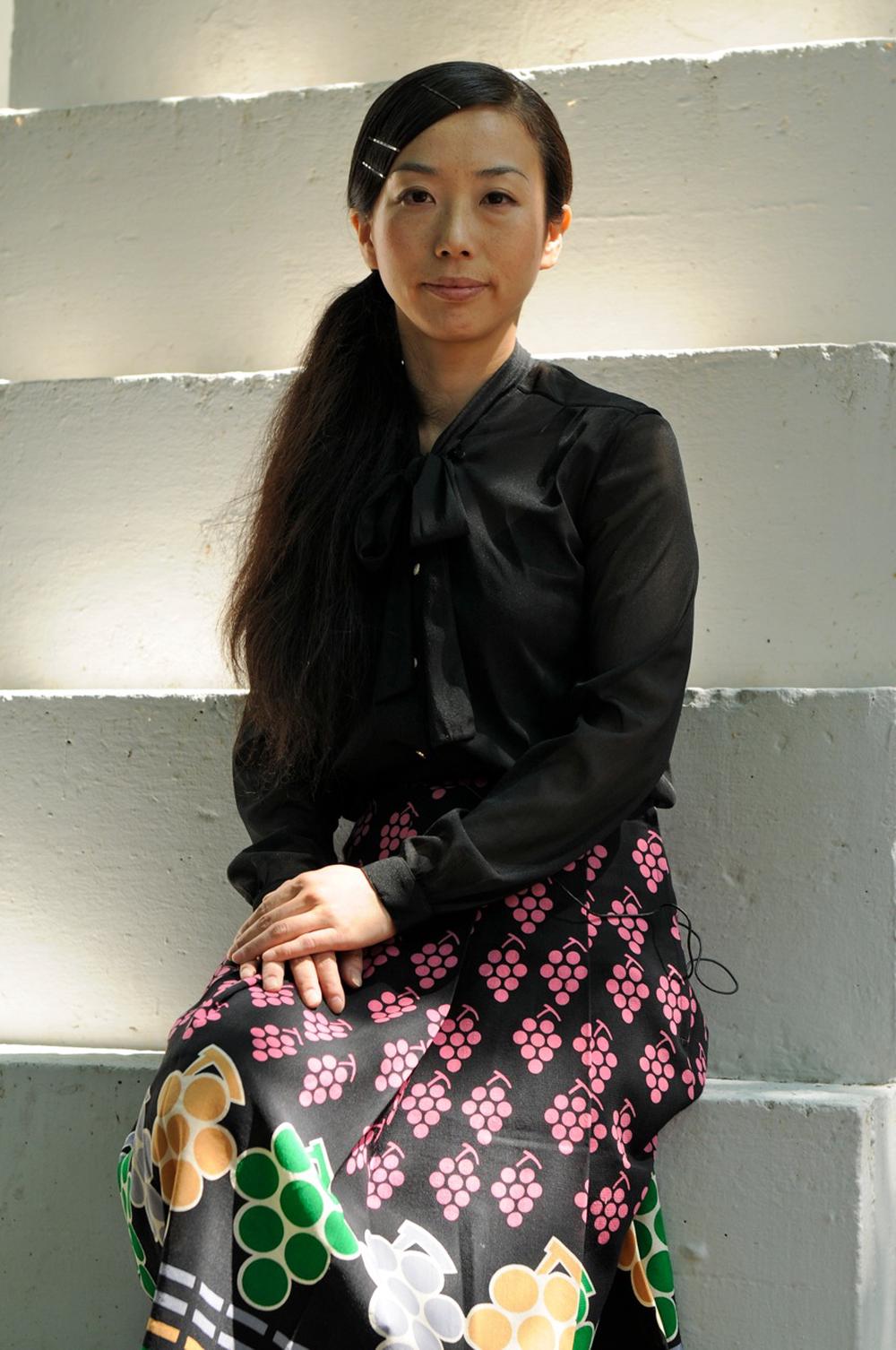Tabaimo. Unstable Ground
Born in 1975 in Hyogo Prefecture, Japan, Tabaimo (Ayako Tabata) describes her generation as standing on unstable ground.1 The daughter of traditional ceramicist Shion Tabata, Tabaimo graduated from Kyoto University of Art and Design in 1999 on the tail end of the so-called “lost decade”—a period of major economic stagnation in Japan. While her parents’ generation is credited with achieving Japan’s economic and technological success after World War II, the generation born during the 1970s is characterized by individualism and isolation.2 As Tabaimo explained, “even though we are the protagonists in our own real world, we have absolutely no response to what is occurring right before our eyes.”3 While other artists of her generation, like Takashi Murakami, invoke kawaii—the cute culture that dominates Japanese popular imagery—Tabaimo takes a radical shift. Animating everyday events and tragedies from the news, she focuses on Japanese society with a realism that is uncharacteristic of Japanese art.4
Tabaimo, interview by Susan Sollins for “Boundaries,” in Art:21—Art in the Twenty-First Century 6 (New York: Art21, 2012), 112. ↩︎
Ashley Rawlings, “Tabaimo: All That Creeps Beneath the Surface,” ArtAsiaPacific 71 (November/December 2010): 100. ↩︎
Tabaimo, in Ivan Vartanian, Drop Dead Cute: The New Generation of Women Artists in Japan (San Francisco: Chronicle Books, 2005), 145. ↩︎
Carol Kino, “Cutting Through Cute to the Real Japan,” The New York Times, October 13, 2011. ↩︎
